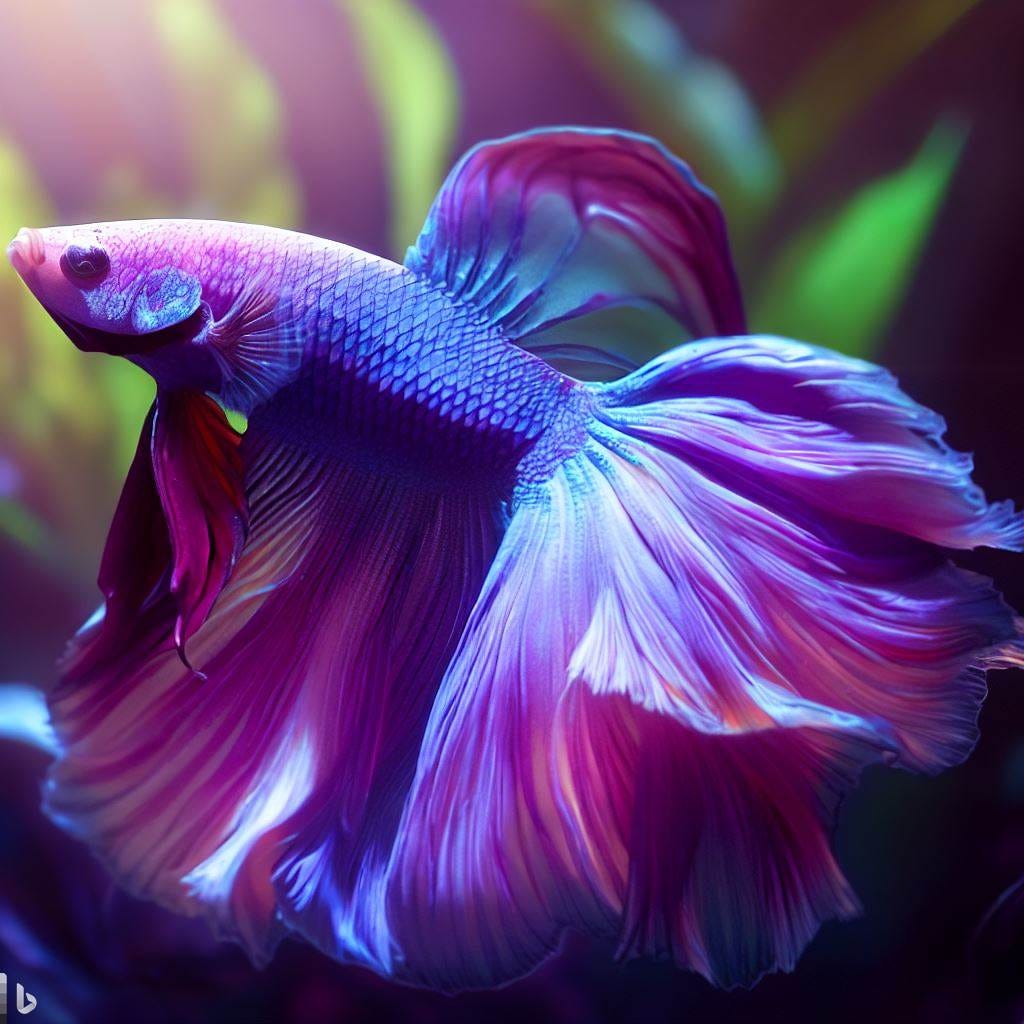Common Betta Fish Conditions and Just How to stop Them
Common Betta Fish Conditions and Just How to stop Them
Blog Article
Just How to Breed Betta Fish Efficiently: Professional Methods and Insights for Hobbyists Seeking To Expand Their Betta Collection
Reproducing Betta fish calls for a nuanced understanding of genes and ecological problems, making it important for hobbyists to come close to the procedure with both diligence and care. Developing an optimum reproduction environment, selecting the ideal sets, and observing the details of their courtship behaviors are foundational steps that can dramatically influence the outcome.
Understanding Betta Fish Genetics
Comprehending the genetics of Betta fish is important for successful breeding, as it influences characteristics such as color, fin shape, and actions. Betta fish display a diverse range of colors and patterns, greatly established by their hereditary makeup.
Along with coloration, fin morphology is an additional substantial element of Betta genetics (betta fish). The sizes and shape of fins are influenced by numerous genetics, consisting of those that identify whether the fins are short, long, or veil-shaped. Recognizing these genetic variations aids breeders predict the phenotypic end results of their spawn
Additionally, behavioral attributes such as aggression and territoriality can additionally be affected by genes. These actions play an essential role in the reproducing process, as they can impact generating success and the overall temperament of the resulting fry. By adequately comprehending these genetic concepts, dog breeders can make informed choices, inevitably improving their reproduction programs and attaining preferable outcomes.
Preparing the Reproduction Setting
Producing an optimal breeding atmosphere is vital for the effective reproduction of Betta fish. The initial action in preparing this setting is to choose an appropriate breeding tank, preferably ranging from 5 to 10 gallons.
Following, consider making use of a sponge filter or an air stone to supply mild water circulation without creating solid currents that can emphasize the fish. It is important to mount plants or breeding cones to supply concealing areas and advertise convenience for the female during the spawning process. Drifting plants, such as Java moss or water sprite, can additionally produce a much more natural surroundings while assisting in bubble nest structure by the man.
Before presenting the breeding pairs, make sure the water is conditioned and cost-free from harmful chemicals, such as chlorine or hefty steels. betta fish. Routine water modifications should be carried out to preserve ideal water quality, enhancing the chances of effective breeding. With these preparations in position, the reproducing setting will support the wellness and wellness of both Betta fish
Picking Breeding Pairs
Selecting the ideal breeding pairs is important for achieving effective Betta fish reproduction. When selecting your breeding pairs, consider several vital aspects including health, personality, and genes. Healthy Betta fish exhibit vivid shades, clear eyes, and active actions. Choosing fish that are without disease ensures a far better possibility of producing sensible children.
Temperament is an additional essential factor to consider, as Betta fish are understood for their hostile nature. It is a good idea to select a man and female that display compatible personalities to reduce stress throughout the reproducing procedure. A calm man can encourage a smoother courtship, while a woman that is too aggressive might disrupt the procedure.
Genetic background additionally plays a significant role in the top quality of the spawn. Breeding fish that are genetically varied can decrease the danger of hereditary health and wellness concerns and enhance the general vitality of the fry. It is advantageous to look into the lineage of both the male and lady, concentrating on desirable qualities such as fin kind, color patterns, and size.
The Breeding Refine
The reproduction procedure of Betta fish calls for mindful preparation and attention to detail to make sure an effective outcome. Initially, it is crucial to prepare an ideal reproduction container, ideally a 5-10 gallon aquarium with a temperature level kept at 78-80 ° F. The tank must be equipped with a heating unit, filter (ideally sponge kind to stay clear of solid currents), and a lot of marine plants for the lady to hide.
Once the atmosphere is set, present the picked breeding pair to the tank, allowing them to adapt. Observe their habits; the man will certainly present fancy courtship routines, including flaring his fins and building a bubble nest. If the female reveals interest, she will show upright red stripes suggesting readiness for spawning.
When the woman is receptive, both will certainly involve in a breeding accept, during which the male fertilizes the eggs. It is essential to monitor their communications very closely, as the man may become hostile. After generating, eliminate the female to avoid potential injury. The man will tend to the eggs, which commonly hatch out within 24-36 hours. Preserving optimal water conditions throughout this period is important for the development of healthy pop over to this site and balanced Betta fry.
Taking Care Of Betta Fry

Feeding Betta fry is critical, as they need a diet high in protein. They can be fed infusoria or liquid fry food, transitioning to carefully smashed high-grade pellets as they expand. Feed small sections numerous times a day to urge healthy and balanced growth without overwhelming the container with leftover food.

As they mature, monitor their development carefully and divide any type check out this site of hostile individuals to stop injury. By giving a nurturing setting and appropriate nutrition, hobbyists can efficiently increase Betta fry right into dynamic, healthy and balanced fish, ultimately boosting their breeding ventures.
Verdict
Successful Betta fish reproduction calls for meticulous focus to genetic selection, ecological problems, and care for the fry. By comprehending the genes of Betta fish and preparing a proper reproduction environment, enthusiasts can boost the possibilities of generating dynamic, healthy children.
Report this page